This post is Part I of my short blog series on my trip to the Rías Baixas (“Lower Estuaries”), a coastal region in Galicia, Spain, in September 2019. The Rías Baixas are made up of four rías: Ría de Muros e Noia, Ría de Arousa, Ría de Pontevedra, and Ría de Vigo. Each blog post will cover each ría in detail so that you can plan your own road trip around this beautiful, unique area of the world!
As I mentioned in my previous post on the Cíes Islands, we found ourselves in Galicia because Victor’s Dad essentially “won” a trip! The apartment included was located in Raxó, a small town in the Ría de Pontevedra, one of the four rías in a larger area called the Rías Baixas [REE-AHS BAI-SHAHS]. Ría translates to estuary, so Rías Baixas translates to the Lower Estuaries. This area of Galicia is incredibly unique because of this geological feature, which I’m hoping you’ll soon discover over the next several blog posts!
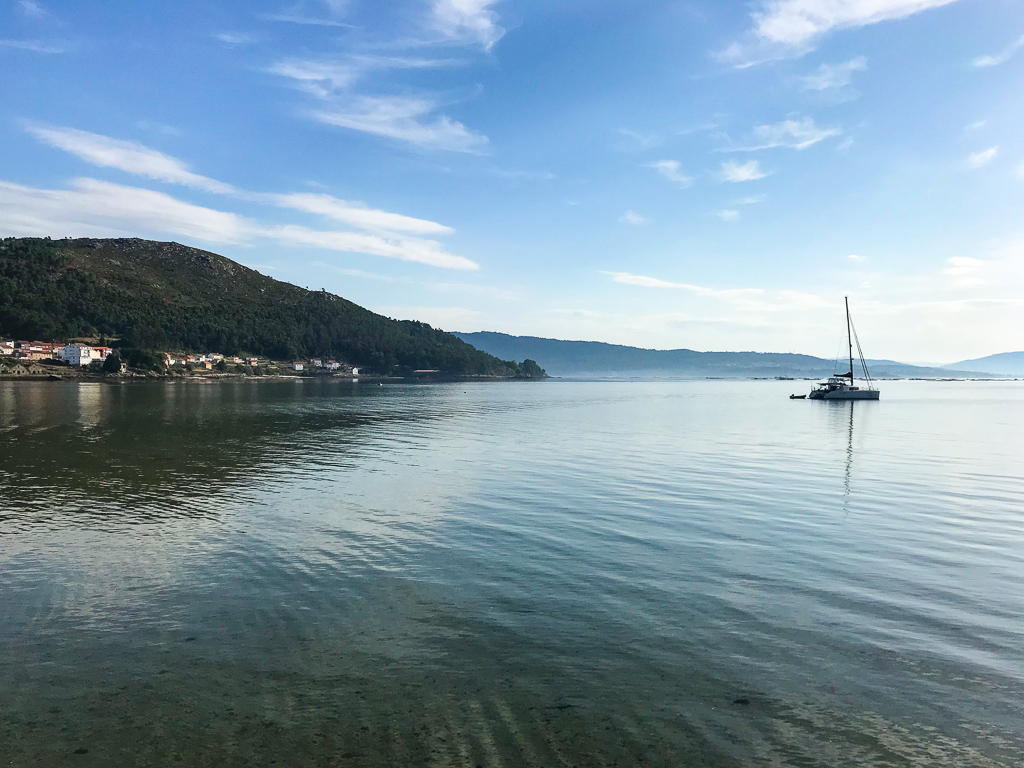
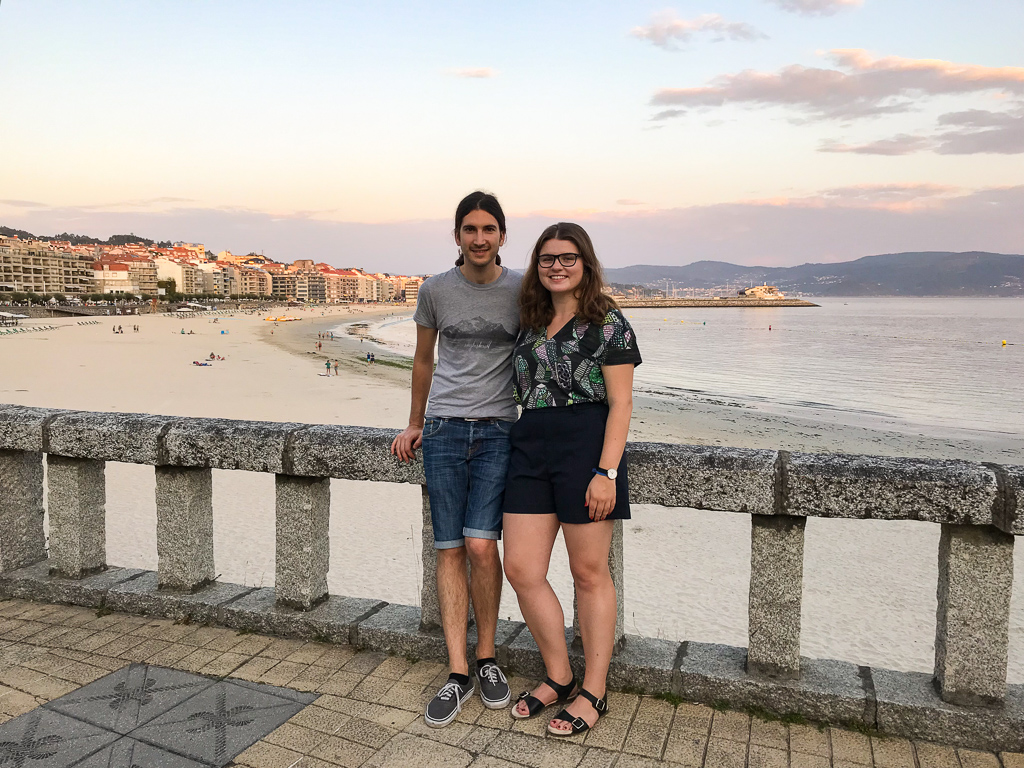 It’s always challenging to figure out how to present a destination to the rest of the world. Sure, Galicia is well known domestically, but not so much abroad. Even trying to find a map of the Rías Baixas was difficult at best! But, I did find some and I found that all the maps are located on wine websites. This is because this area of Galicia is well-known for its own type of wine: Albariño. It’s a variety of white wine grape grown in Galicia and Northern Portugal (in Portuguese, we call it Alvarinho). The wine is incredibly unique in Spain, and draws lots of domestic tourists to this area to try this infamous liquid gold!
It’s always challenging to figure out how to present a destination to the rest of the world. Sure, Galicia is well known domestically, but not so much abroad. Even trying to find a map of the Rías Baixas was difficult at best! But, I did find some and I found that all the maps are located on wine websites. This is because this area of Galicia is well-known for its own type of wine: Albariño. It’s a variety of white wine grape grown in Galicia and Northern Portugal (in Portuguese, we call it Alvarinho). The wine is incredibly unique in Spain, and draws lots of domestic tourists to this area to try this infamous liquid gold!
 Now, back to the water. The Rías Baixas area, being estuaries, is abundant with mussels, scallops and oysters and others types of seafood. Naturally, the industry grew and the area also had several salting and canning factories that provided work for locals. Although many of these factories are long gone, people still flock here to grow, harvest, buy, cook and sample the wonderful seafood of the area.
Now, back to the water. The Rías Baixas area, being estuaries, is abundant with mussels, scallops and oysters and others types of seafood. Naturally, the industry grew and the area also had several salting and canning factories that provided work for locals. Although many of these factories are long gone, people still flock here to grow, harvest, buy, cook and sample the wonderful seafood of the area.
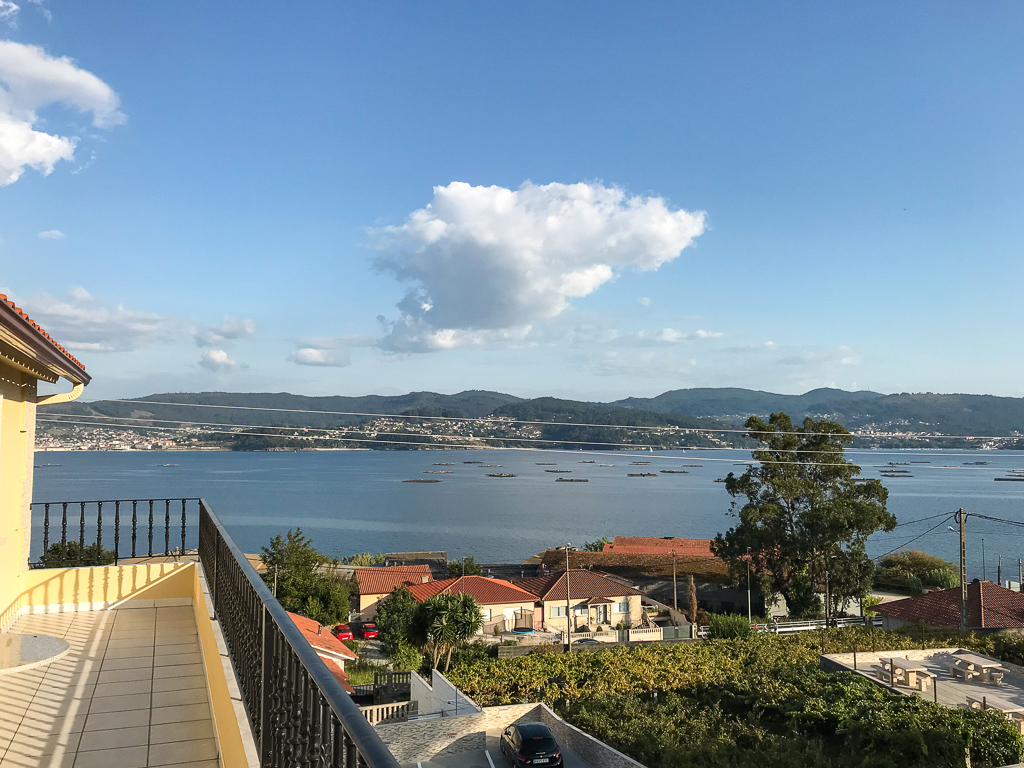 The rías are certainly a magical place and are so worth exploring. Through a series of posts I will take you through our visit to the four estuaries. They are each a bit different, and each deserves their own post for sure.
The rías are certainly a magical place and are so worth exploring. Through a series of posts I will take you through our visit to the four estuaries. They are each a bit different, and each deserves their own post for sure.
Ría de Muros e Noia
Our first ría was Ría de Muros e Noia. The name is as such because there are two main towns along the estuary: Muros and Noia. This ría is probably the least known and touristy of the four rías, but consequently it’s a very calm area to explore. You’ll quickly notice how quaint and quiet the area is, which makes for a wonderful day of adventuring.

Muros
Onto the towns! As mentioned above, we were saying in Raxo which is a town along a ría much further south. We drove for about an hour and half, along the upper crust of the ría to reach Muros. The town sits along a smaller bay and has a beautiful harbour and promenade to walk along. Speaking of fishing, we even saw someone having a go at catching some sea creatures!

 Every town in Galicia has a tourist centre, so it’s a great first stop when you arrive to get some tips from a local guide and also a map! These things are really difficult to look into on the internet, so I would highly recommend using the tourist centre.
Every town in Galicia has a tourist centre, so it’s a great first stop when you arrive to get some tips from a local guide and also a map! These things are really difficult to look into on the internet, so I would highly recommend using the tourist centre.
Muros has a lovely historic center, dating back to the Middle Ages. In fact it is one of the oldest town centres in Galicia. It’s full of charming cobblestone streets, stone arches and large public squares.


Upon visiting your first church in Galicia, you’ll almost immediately notice large pillars with crosses at the top. These public, stone crosses and crucifixes are called cruceiros. Cruceiros were often placed at crossroads or near chapels, churches and cemeteries.


As we ventured out of Muros we quickly stopped at a lovely beach along the way. That’s the beauty of the rías. You can just stop anywhere and enjoy the beautiful views and calm waters.



Lunch
On our way to Noia, we stopped for some lunch. We wanted to try some of that famous, local seafood so we opted for a marisquería (aka a seafood restaurant). One of the best places to stop at is the port in this area, O Freixo. This port is one of the most frequented places to try the famous cockles of the ría.
There are a couple restaurants to choose from along the port, but we opted for Pepe do Coxo. This place is quite special because they have their own canal system whereby they source the seafood directly (literally through a tunnel) from the ría to stone basins in the restaurant.


We chose three different types of clammed seafood: berberechos (cockles), navajas (razor clams) and oysters! Everything was so fresh and delicious — incredible really. And, it’s awesome to know that this seafood was fished just in the estuary a hundred feet away.


Noia
Like Muros, Noia also has a medieval center with its own cathedral and cruceiro. We were lucky to have such beautiful weather, so the town really became so charming as we wandered the cobbled streets and squares. Still recovering from our delicious (but large) lunch, we sat down at a terrace in the square (Praza do Tapal) in front of the Igrexa of San Martiño de Noia (igrexa meaning “church”).


Before leaving the ría we decided to make one final stop: Esteiro do Tambre. This is a conservation area upon the river Tambre meeting the ría. It’s essentially a series of wetlands perfect for birds and other types of wildlife. Walking along the beach we noticed lots of little holes dug into the sand, realising that this must be clams! How exciting to see wildlife in action.

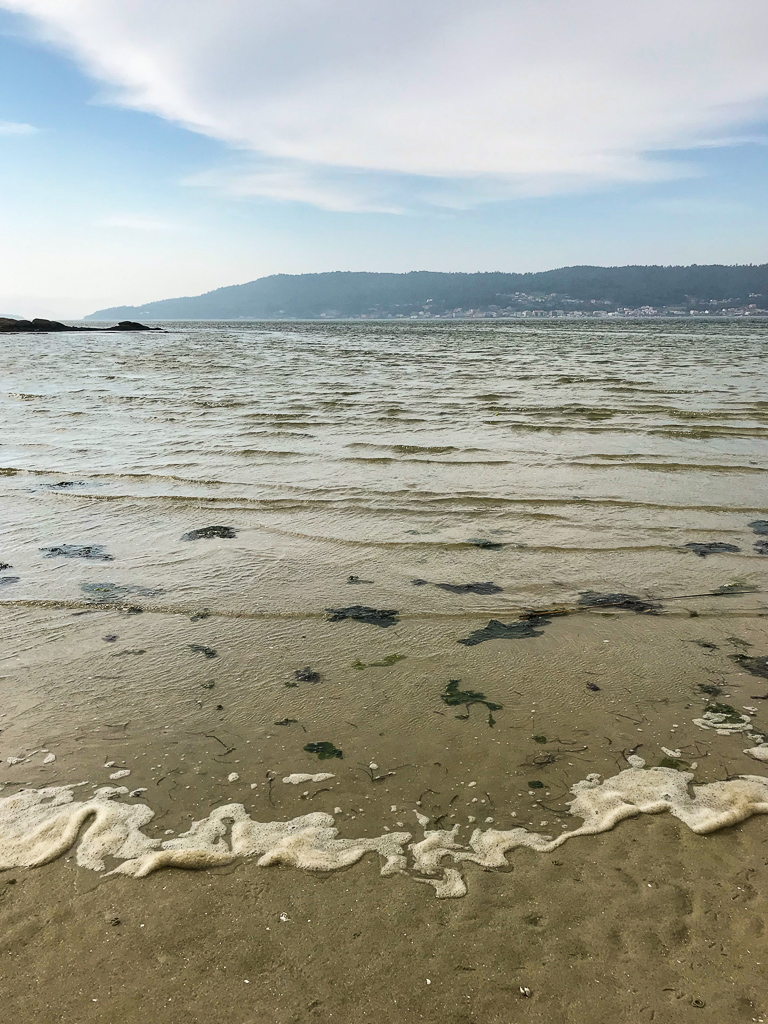

And so Day 1 of our road trip ended. This lovely ría is full of beauty and serenity, and truly is peaceful. I’d go back in a heartbeat.
Up next: another day, another ría!



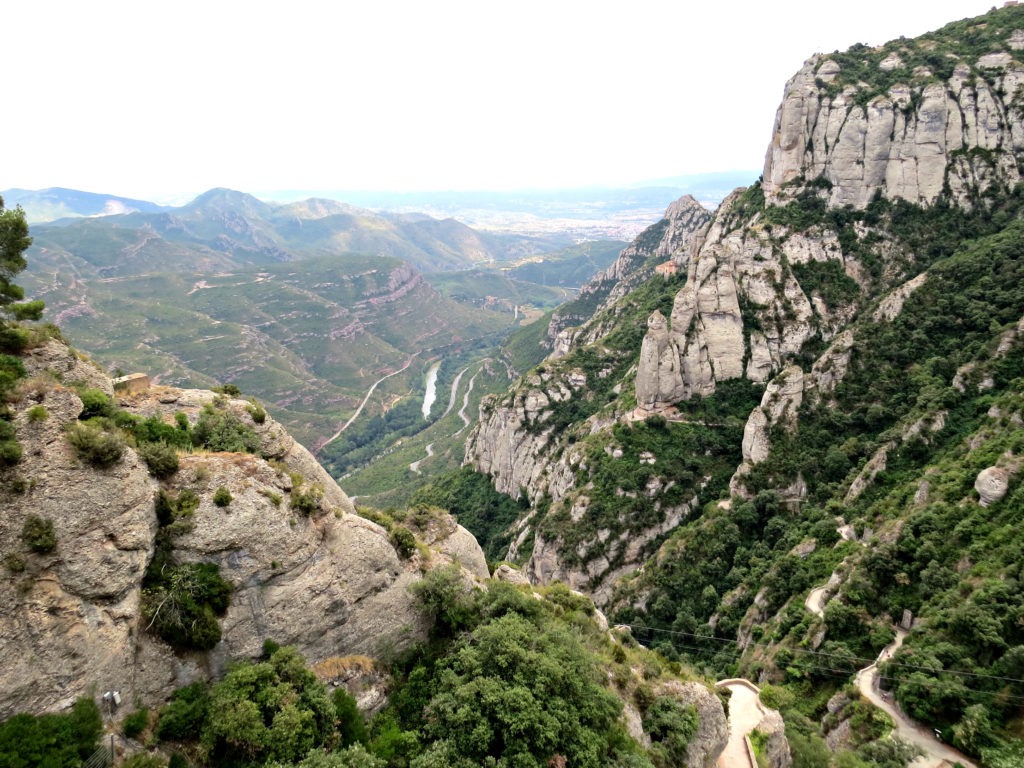
No Comments